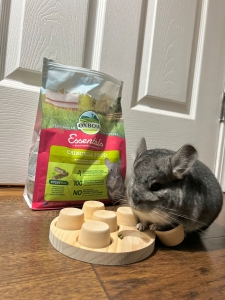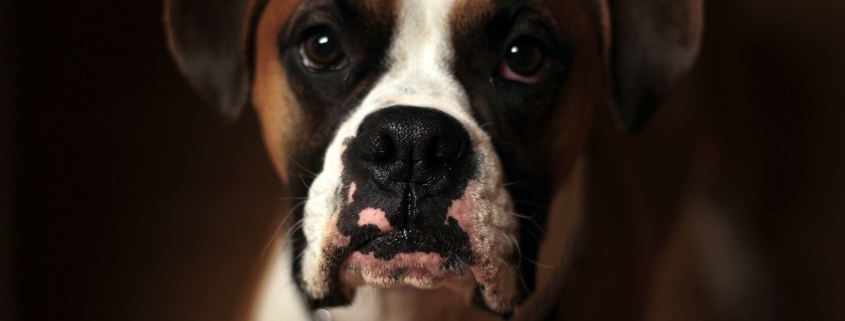When we feed our pets, many of us prefer to provide food sourced from animals that have been raised humanely, allowed to roam freely on pastures, or treated well in other ways. However, since these terms lack regulation, pet food brands can make claims about their product’s nature without the need to substantiate or define them. In other words, if a claim lacks the Global Animal Partnership (GAP) or Certified Humane label, it could simply be a marketing tactic.
So, what exactly do these labels signify, and how can consumers determine the truth behind their purchases? When it comes to animal welfare claims, both small and large farms can undergo independent third-party audits by organizations like GAP and Certified Humane, which assess and certify the level of animal welfare provided. In this discussion, we will primarily focus on GAP certification, as it is the label most consumers are familiar with.
GAP certification audits, if passed, assign a level of certification based on how the animals are raised, what they are fed, access to water, access to outdoors and how the animal was slaughtered — just to name a few. (Figure 1). All GAP farms are required to be audited at least every 15 months to maintain certification. Standards for all animals can be accessed here.
Levels of GAP Certification
There is a significant contrast between the base GAP certification and the higher levels of 5 and 5+ certifications in terms of the environment provided. If we examine the different levels of GAP certification for chickens, we can observe that Level 1 does not necessitate outdoor or natural light access for the chickens and requires minimal space. This resembles the conditions typically associated with a ‘factory farm.’ On the other hand, when we consider Level 5 and 5+ chickens, we find that they require daily access to pasture starting from 4 weeks of age, and the pasture must maintain 75+% vegetative cover (refer to Figure 2). Both of these levels are GAP certified, but their implications are significantly different.
Another example is the labeling of “free range” chickens without GAP certification. In such cases, chickens are simply allowed access to the outdoors, but the USDA does not define the quality, duration, or size of outdoor space access. To make the claim of being “free range” with GAP certification, the product must meet at least GAP 3 or higher certification standards.
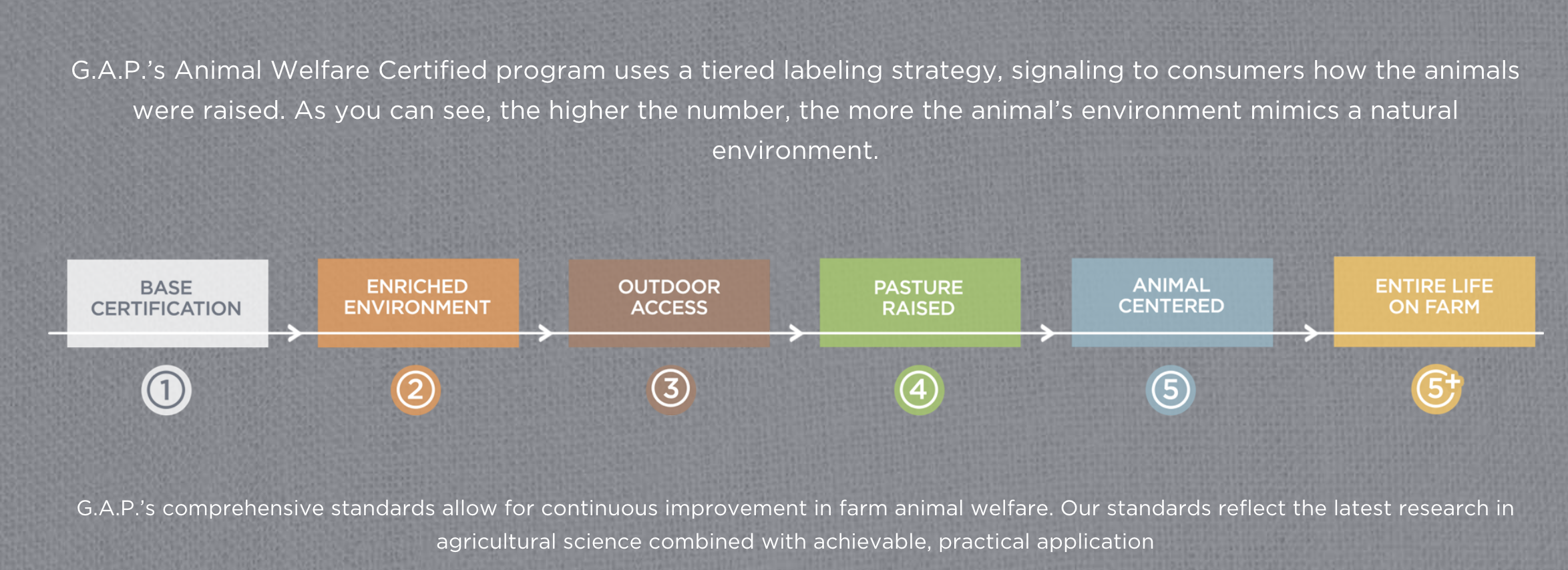 Figure 1: Date accessed: April 13, 2021: https://globalanimalpartnership.org/standards/
Figure 1: Date accessed: April 13, 2021: https://globalanimalpartnership.org/standards/
Pet Food Marketing Tricks
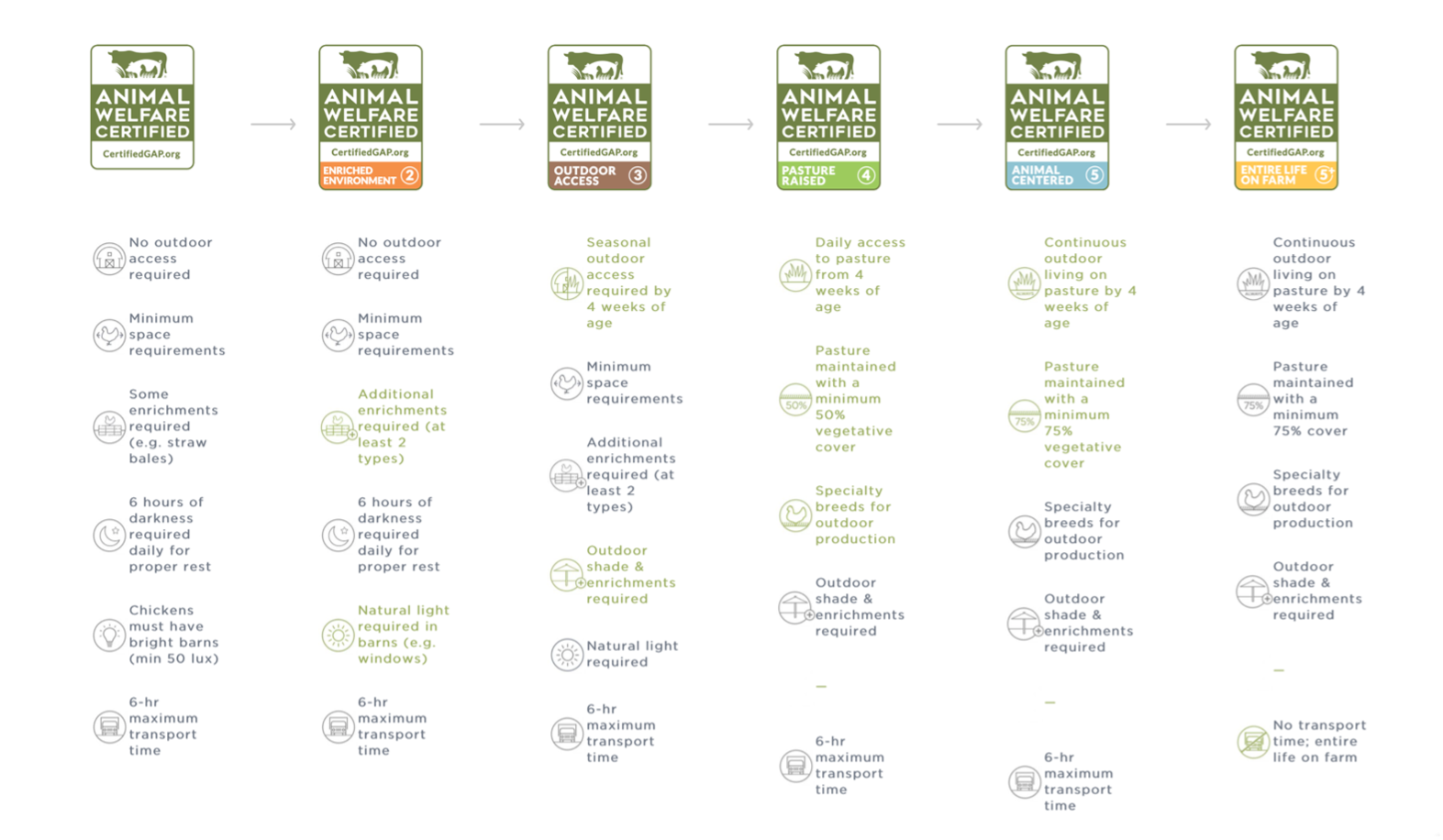 Figure 2: Date accessed: April 13, 2021: https://globalanimalpartnership.org/standards/chicken/
Figure 2: Date accessed: April 13, 2021: https://globalanimalpartnership.org/standards/chicken/
No Label on Package = No Guarantee!
The figures presented above clearly illustrate the significant variations in GAP labeling certifications. It’s important to understand that these certifications are not equal. To simplify, Base Level 1 is comparable to many conventional factory farms, which can achieve different levels of GAP certification. Conversely, Level 5 and 5+ certifications provide animals with a markedly different living environment and overall life experience compared to Level 1.
In the context of human food, we do encounter higher levels of GAP certification more frequently, albeit not consistently. However, when it comes to pet food, the higher levels of GAP certification are much less prevalent. These levels involve additional care and costs, making the associated products more expensive. Even retailers like Whole Foods, who offer GAP certified products in their Meat Department ranging from base to 5+, do not commit to a specific level of GAP certified products. This is likely due to the higher costs and limited availability of products with these higher certifications.
Human v. Pet Food Supply
You may be wondering if the availability and affordability of higher levels of GAP certified products in the human food supply also extend to pet food. You would be correct to assume that level 4, 5, or 5+ meat products are rarely found in pet food. The mass production of pet food faces challenges in maintaining a steady supply of these products. Additionally, their cost is often prohibitive for consumers by the time they reach store shelves. In our research, we found a limited selection of pet food products containing GAP 4 beef and one GAP 4 lamb kibble. However, their high price of approximately $90 USD for a 24lb bag makes them less attractive to most consumers, who are more likely to opt for freeze-dried or raw alternatives. It’s worth noting that these products also include whitefish meal and herring meal alongside lamb, further diminishing their appeal.
However, we do observe the more common usage of GAP Base Certification through Level 3 in pet food, as these standards are relatively easier to meet. Nonetheless, products with these certifications tend to be on the higher end of the price range for pet foods. Unfortunately, without understanding the meaning of certification levels, consumers can be deceived by labeling systems, assuming that products with the label or claim are superior to those without. The truth is that a pet food without a GAP label may be equally as good or even better than those with the label.
Before you venture out to purchase pet foods that are GAP certified, it may be best to check what the levels of certification mean for that particular protein here: https://globalanimalpartnership.org/standards/.
Food Safety & GAP Certification
In today’s consumer-driven market, the welfare of animals and responsible ingredient sourcing has gained significant importance, and rightfully so. Pet food manufacturers have recognized this and adapted their marketing strategies to create an illusion of transparency, responsibility, and sustainability. For example, GAP certification can provide insights into the care and well-being of animals used in the production process. However, it’s important to note that these certifications do not guarantee quality or assure nutrition and food safety, regardless of the claims made by pet food companies in their marketing efforts.
GAP labels should not overshadow the necessity for pet food companies to conduct comprehensive nutritional analysis, digestibility studies, and implement test and hold practices for their final products. These labels can help consumers distinguish companies that genuinely prioritize animal welfare and responsible sourcing from those that do not. However, if companies fail to employ basic validation and food safety testing for their end products, it puts the health of pets at risk. The question arises: What does this mean?
Transparency in the pet industry is crucial for retailers and pet owners. Request nutrient analysis and digestibility data from pet food companies. Inquire about “test and hold” protocols to prevent pathogens and contaminants. Sadly, popular brands, including raw pet food brands, often lack these safety measures, resulting in avoidable recalls.
For more on this topic click here.
About the Author: Nicole Cammack
Nicole is the founder & owner of award-winning NorthPoint Pets & Company, in Connecticut. She is also the Founder & CEO of Undogmatic Inc. Her undergraduate and graduate education includes biology, chemistry, business and nutrition. She has worked in the pharmaceutical industry on multiple R&D projects and has had the privilege to learn from leading international figures in the human and pet health industry. She regularly lectures at national conferences, including federal, state, and municipal K9 events. Her current research involves identifying pathogenic risk factors and transmission among raw fed pets through a comprehensive worldwide survey.

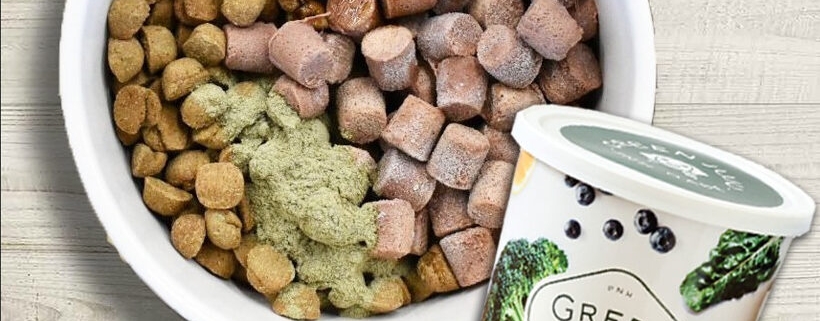
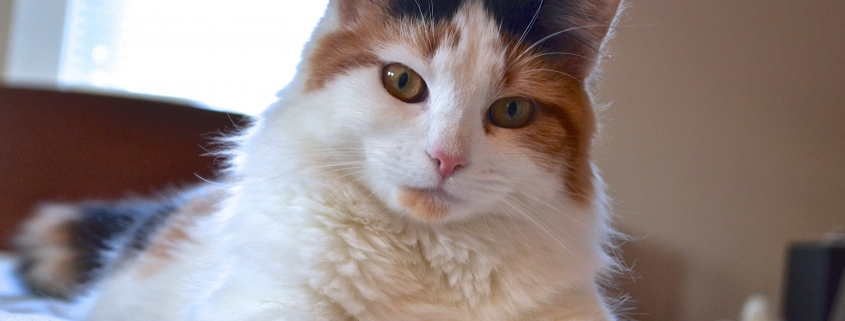



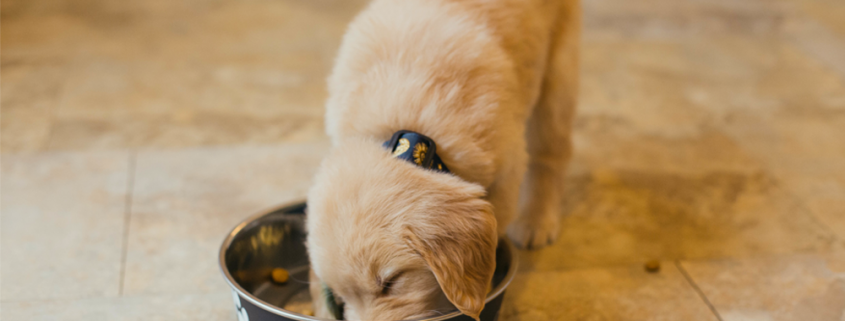
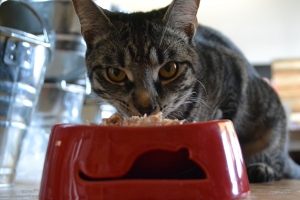

 Figure 1: Date accessed: April 13, 2021: https://globalanimalpartnership.org/standards/
Figure 1: Date accessed: April 13, 2021: https://globalanimalpartnership.org/standards/


